LASER is an acronym that stands for Light Amplification by Stimulation of Emission of Radiation.
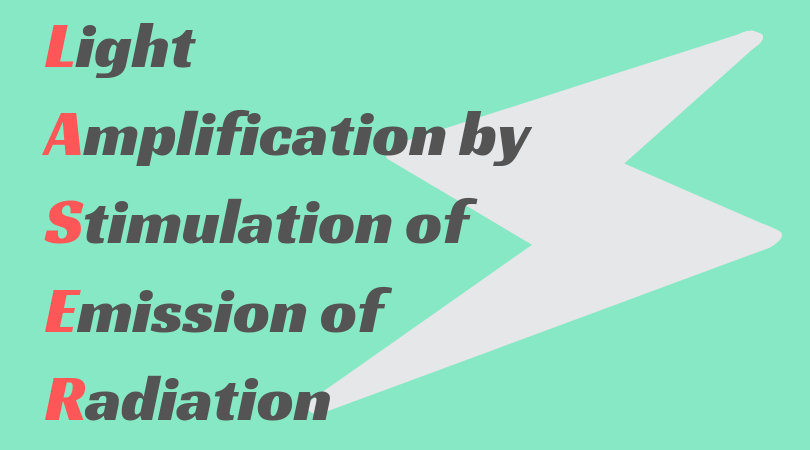
LASER is an acronym that stands for Light Amplification by Stimulation of Emission of Radiation.
WHAT? It is a term that describes a certain wavelength of light that can be focused to target specific things in our body. In many cases, people use the term to describe any device in the office that treats the skin.
What trouble spots can we address with lasers in our office?
1) Pigment: The most common region treated is the face. This is also the most responsive. We can use lasers and other devices to help lighten and, in some cases, even eliminate pigmentation. It is important to appreciate that some of us have darker skin and may not be candidates for these types of treatments. This means the laser / device may lighten our normal color and create areas of lighter skin. This is why it is imperative to have physician oversight when evaluating patients for any laser skin resurfacing treatments like the ones I provide for my Dallas patients. Most patients will experience a slight darkening of the area followed by a very light, fine peel over the ensuing 7 days. Many patients require more than a single treatment. Almost all of these patients are placed on a skincare regimen both before and after treatments.
2) Hair: Laser hair removal can target hair follicles within our skin and reduce the hair count long term. Lasers are most successful with darker hair and can be used in all different skin colors. Most patients require between 4-6 treatments in order to adequate reduce the number of hairs. Some patients may benefit from more treatments. There is not any recovery associated with the procedure.
3) Blood Vessels / Redness: The second most common reason we use these devices in our practice is to address either blood vessels in or just below our skin or treat background redness such as rosacea. The lasers are targeting the “hemoglobin” in our blood cells. These IPL or BBL photorejuvenation treatments in certain areas, such as the legs, may also be treated with a “sclerosing” agent to help eliminate the blood vessels. In some cases, several treatments are required to improve the appearance of these areas. Conditions such as rosacea may require several treatments a year to maintain the improvement. Most patients are a little red for about an hour or so. There is always a chance one may experience bruising from the procedure.
4) Wrinkles and Fine Lines: With laser skin resurfacing in Dallas, we can target fine lines and wrinkles and soften or even eliminate them. These treatments target the water in our skin. They “sand” the skin down relying on our body’s ability to rejuvenate itself. These treatments are more aggressive and do require more downtime compared to other treatments. They are most commonly combined with skin care to optimize the outcomes and help preserve and maintain them. Recovery is very dependent on the procedure and how aggressive it is. In some cases, peeling and redness resolve in 3-5 days. In more aggressive treatments, peeling may take up to 10 days and redness can persist for months. But it is worth it!
We do offer other “NON-LASER” treatments in our office that target specific areas of our body. These include each of the following:
5) Skin Tightening: We offer two nonsurgical skin-tightening devices in our practice that help tighten skin in the appropriate patient. It is important to appreciate that these devices do not replace surgery and only improve the skin 20-25% at best. Ultherapy® – uses ultrasound technology to create small areas of injury within the skin. It then relies on your body’s ability to heal those areas and improve the skin quality and laxity. Profound® RF Microneedling – works to accomplish the same task but does it with microneedling technology and radiofrequency (RF) energy. Both require a few days of recovery to allow the swelling from the procedure to resolve and take 3-6 months to achieve a final result. About 10% of people will see little or no change.
6) Fat Treatment: We have had our CoolSculpting® device in the practice for nearly 8 years. In appropriately selected patients, this device nicely reduces fat in the area by about 20% following two treatments. As a general rule, if you are a candidate for liposuction you would be a candidate for this treatment. That means you have to be within 20% of your ideal body weight and not have any loose skin. As with any body procedure, one has to embrace the appropriate lifestyle changes to allow the best possible result. These treatments are not a replacement for eating right and exercise.
REMEMBER: These devices all work well in the appropriate patient. It is important to understand that just because it is a “laser” or a “nonsurgical device” does not make it automatically effective in all patients. Patients must be seen and examined by our team to determine their candidacy for the procedures. The best thing about seeing our group is we are plastic surgeons in the Dallas area, and we offer the spectrum of nonsurgical and surgical options for patients. Our recommendations will be tailored to your needs and goals and are not limited by anything surgical or nonsurgical. We welcome the opportunity to meet with you and determine what you would like to accomplish. Our goal is to make you “look as good as you feel”!
Take the Next Step
Don’t miss your chance to sign up for Dr. Kenkel’s monthly laser skin clinics in Dallas and save 10% off of your treatment. If you’re ready to look and feel your best, request a consultation online or call our Dallas facial plastic surgery office at (214) 645-3112 or call our Frisco facial plastic surgery office at (469) 604-9120 to schedule an appointment.

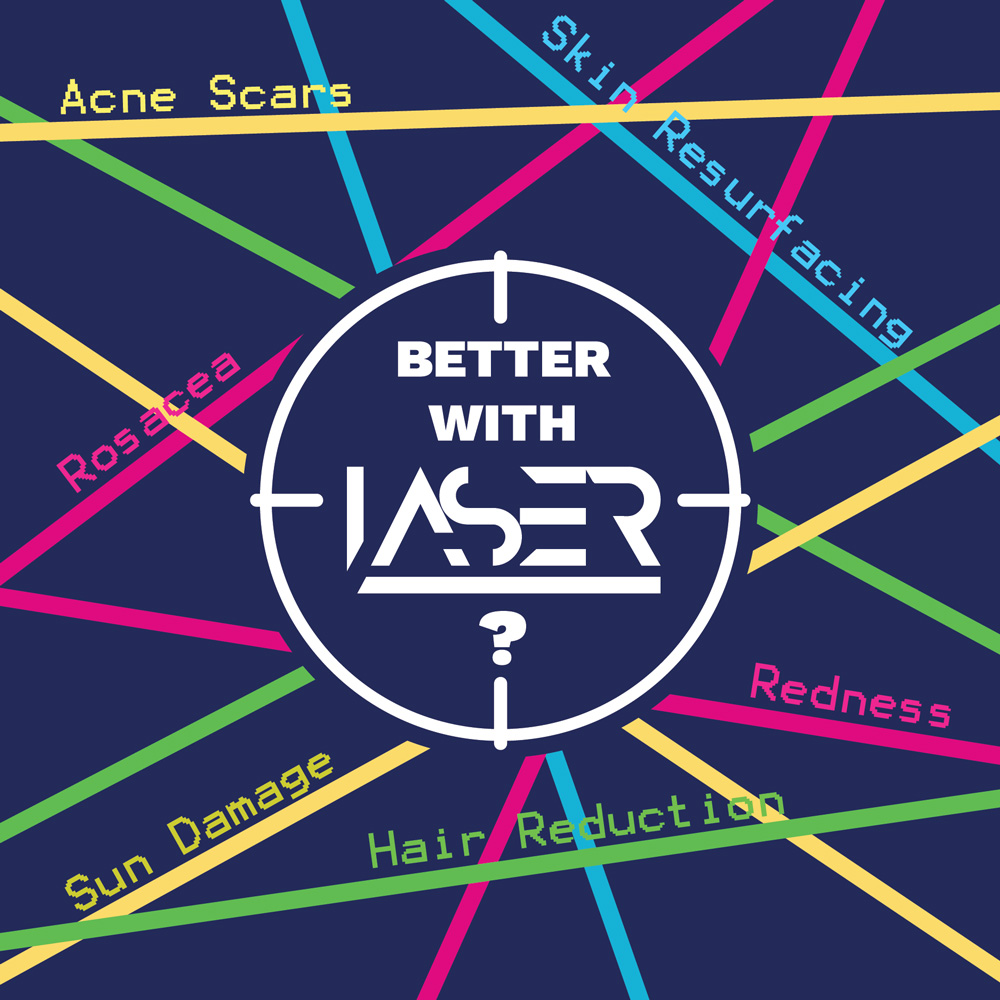
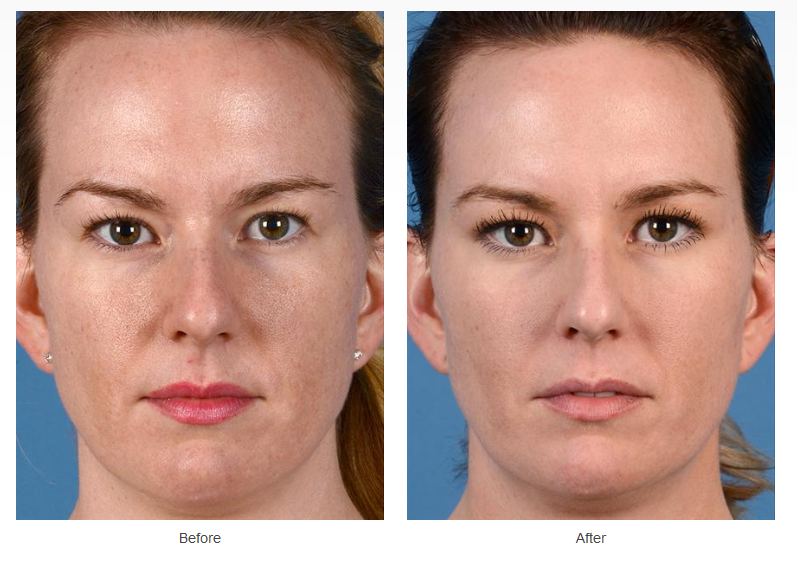
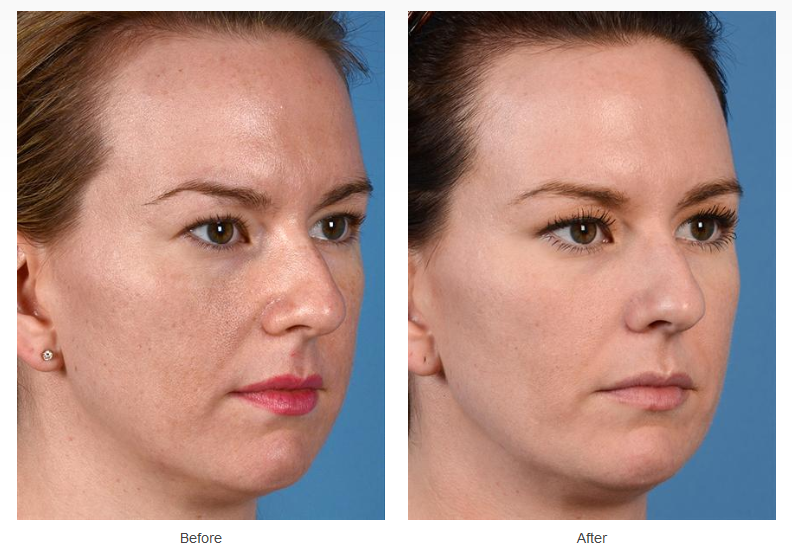
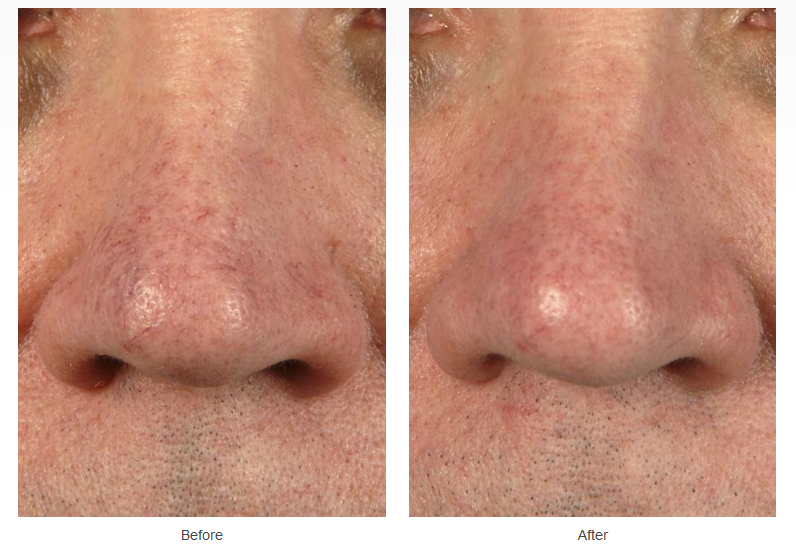
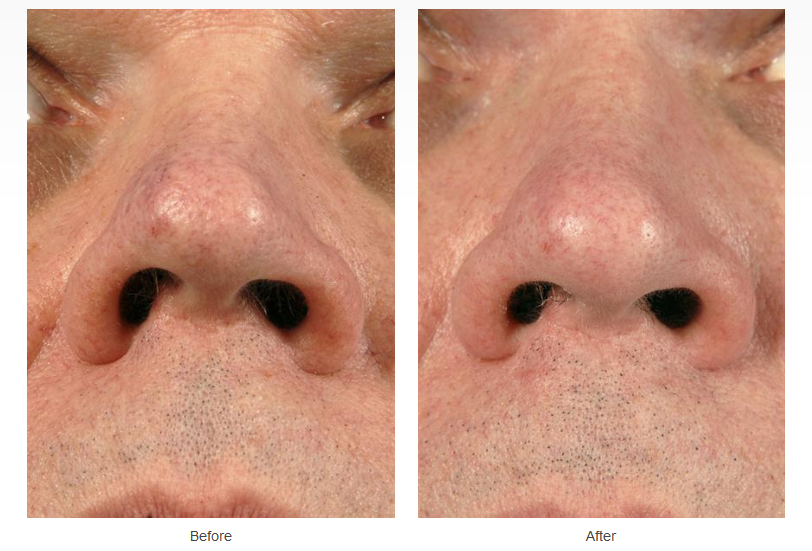
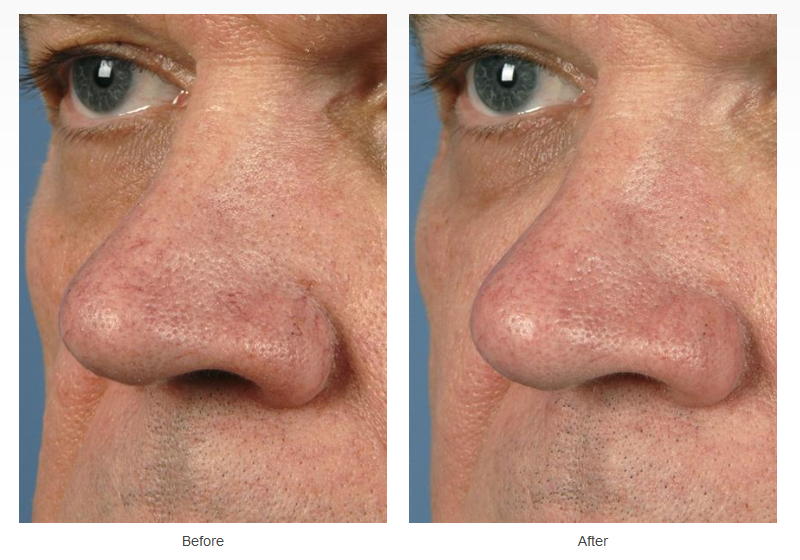
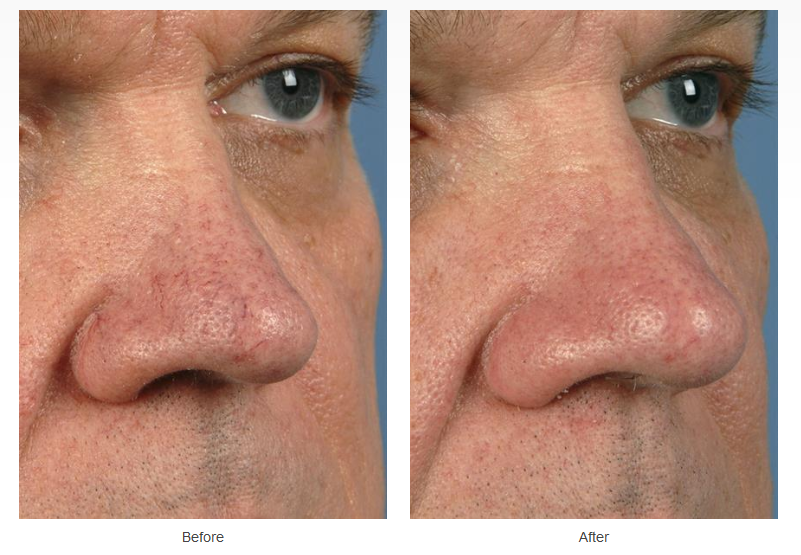
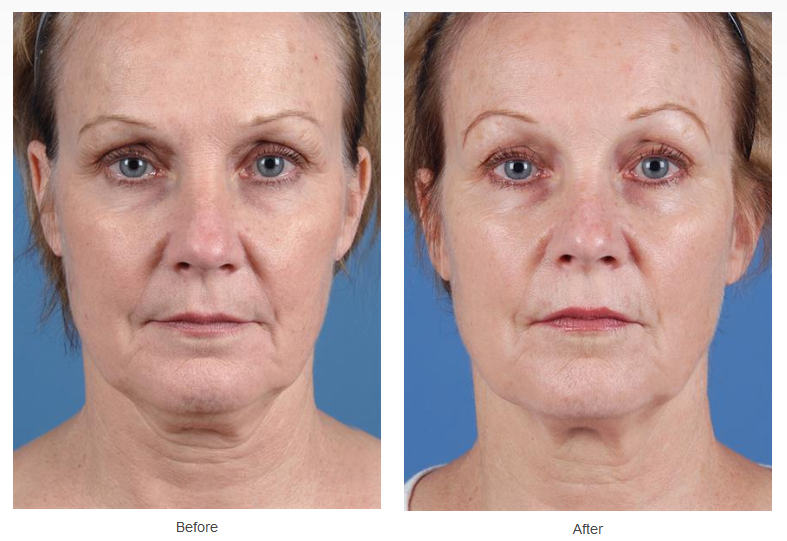
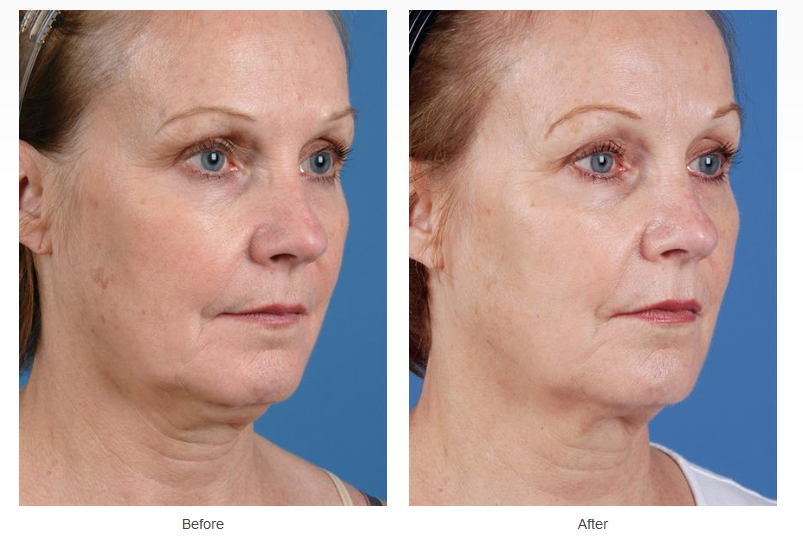
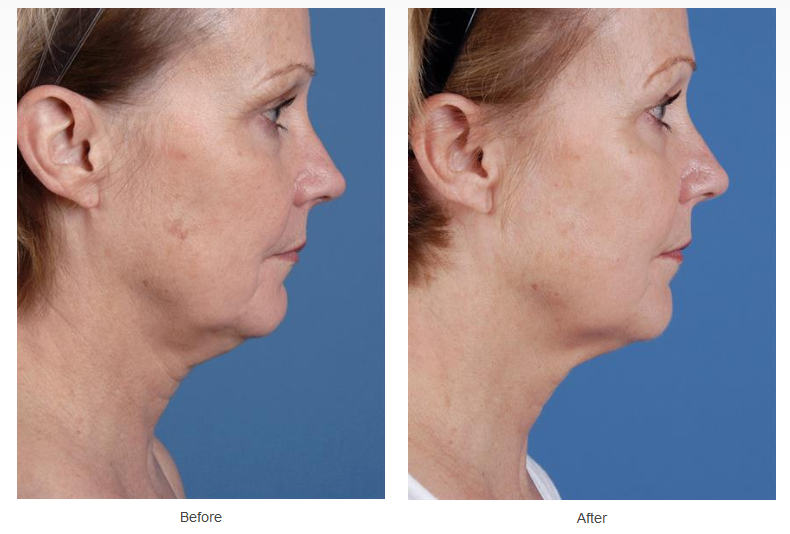
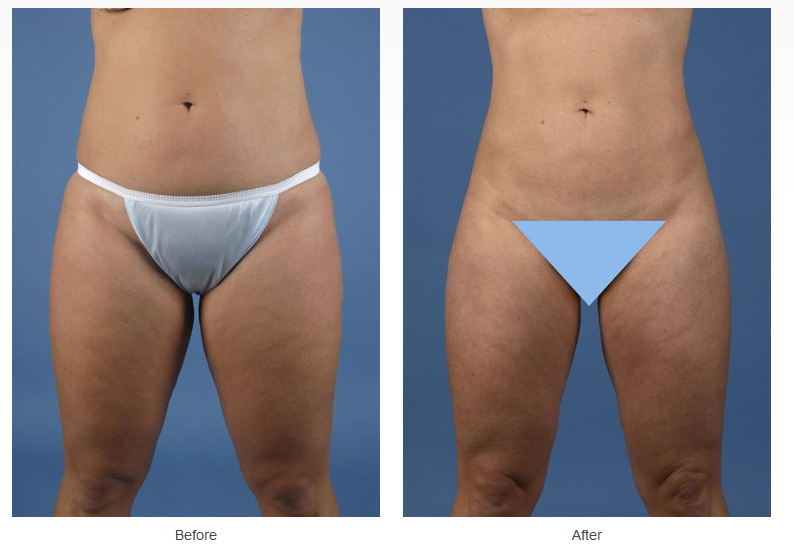
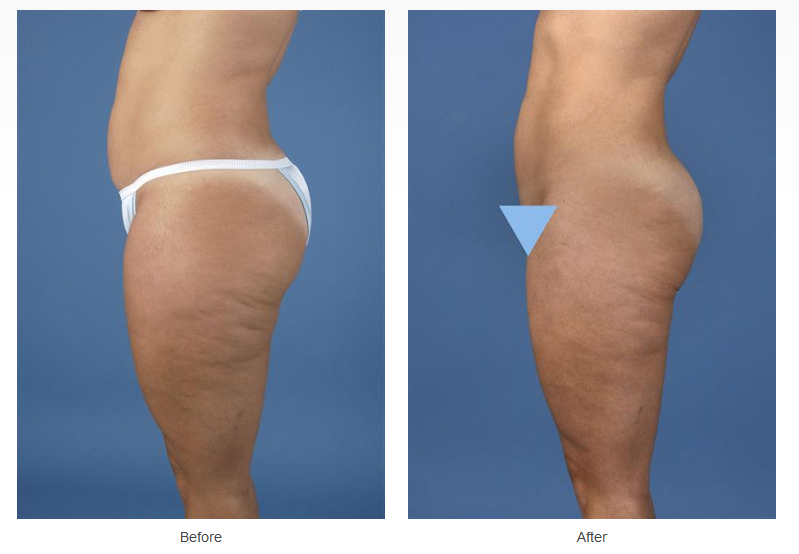
Leave a Reply